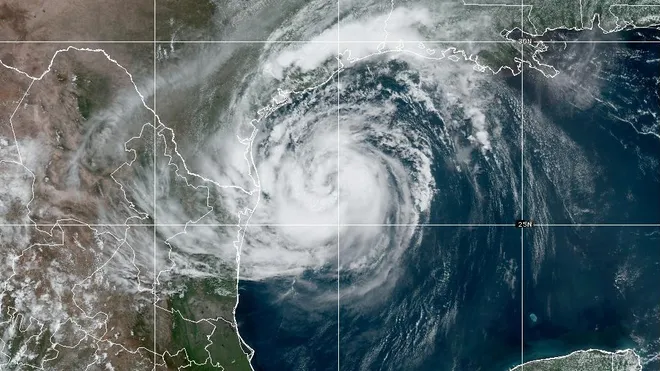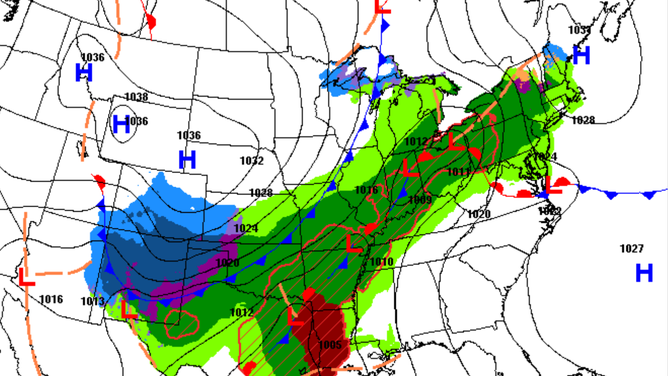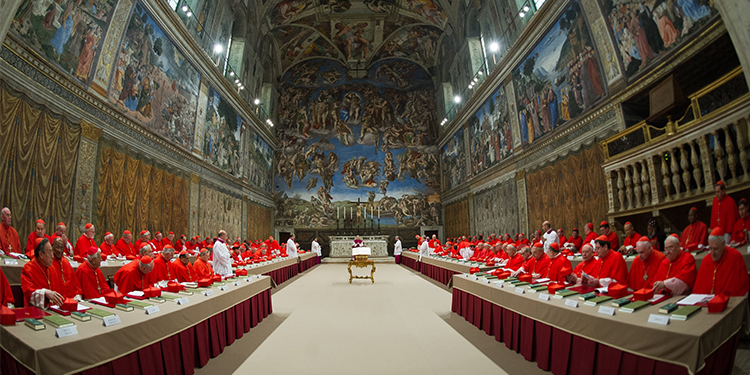Global warming is a term that describes the long-term warming of the Earth’s surface temperature. It is caused by human activity, like burning fossil fuels which releases greenhouse gasses into the atmosphere. The term was coined by Wallace Broecker, a Columbia University student who was a geologist in 1975, who used the term in an article titled “Climate Change: Are We on the Brink of a Pronounced Global Warming?”. But global warming has been observed before. In 1938, a steam engineer called Guy Callendar began collecting records of different temperatures around the world using 147 other radio stations. He worked on calculations day and night and discovered that temperatures increased 32.54 degrees Fahrenheit over the past 50 years. Calendar argued carbon dioxide emissions were responsible, but other scientists wouldn’t listen since they thought humans couldn’t impact the climate. But people like Callendar were right, global warming is happening and it’s only gotten worse now. Temperatures have risen 33.8 degrees Fahrenheit in the past 100 years or so.
But how does global warming affect the weather? While there are many examples, hurricanes are the best ones. Recently, many hurricanes have been terrorizing the south, with Florida getting the worst of it as hurricanes become more frequent and destructive. Hurricanes and any natural disaster are bound to happen. Still, there have been many hurricanes that have wreaked havoc even more than before. Some notable ones are Hurricane Beryl, Hurricane Debby, Hurricane Helene, and the most recent one, Hurricane Milton. All of them are a month or two apart from the other, but there have been a couple of tamer ones in between.
But it’s global warming which increases their deadliness in 3 ways. Firstly, global warming heats the ocean. Because the ocean is warming up, it intensifies the evaporation and the transfer of heat from the ocean to the air. An example of this is Hurricane Beryl, which admittedly wasn’t the only reason for its strength, but an explanation for the ocean conditions that allowed it to become so dangerous. Hurricane Beryl was a category 5 hurricane, it hit the Caribbean, the Yucatan Peninsula, and also Texas, but by then it calmed down. While the heat of the ocean wasn’t the sole reason for its danger, it certainly helped make it such. Moving on, another way global warming makes hurricanes so deadly, is the sea level rise makes storm surges worse. A storm surge is when waters rise above normal levels and are pushed inland by wind. A hurricane caused by those conditions was Hurricane Katrina, which was an incredibly deadly hurricane that killed more than 1,000 people and destroyed and flooded a lot of the South. The last way global warming impacts hurricanes is by making them more intense and strong. This is because hurricanes have either gotten slower or faster. Ever since the 1980s, hurricane speed has only intensified. A good example is Hurricane Milton, its speed boost near landing made it harder to predict when it would land and made it more destructive. Milton. But the opposite is also true, while it is still a theory, scientists think the drop in speed is due to the winds that steer hurricanes to move slowly in the new warmer climate. This just makes damage more possible. With all the advances in technology and science, we need it to help prevent what’s coming. With all these recent hurricanes, with some being more destructive than ever, it’s necessary.








